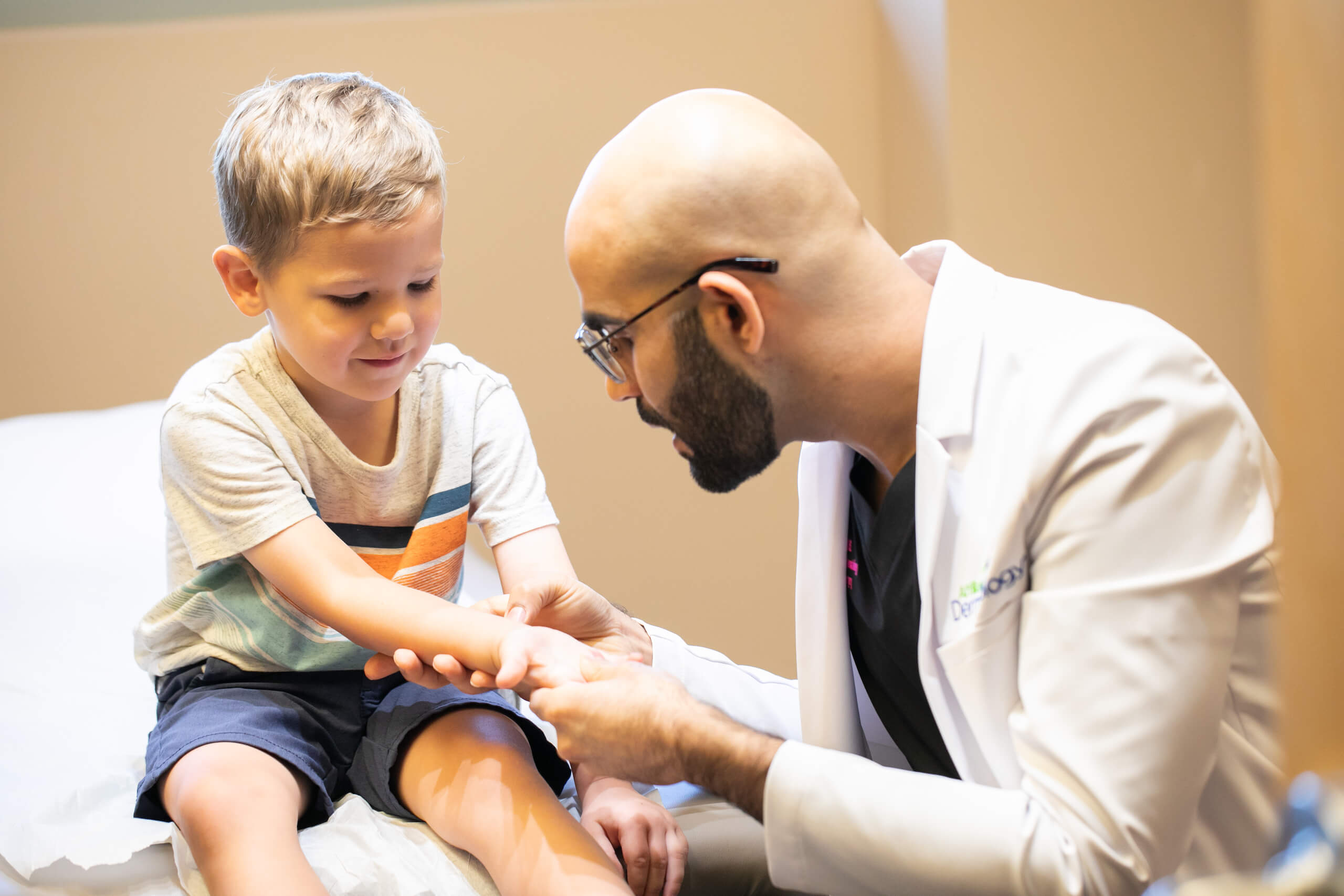Comprehending the Duty of Mohs Surgical Treatment in Treating Skin Cancer Cells: A Comprehensive Guide to Dermatology
As skin cancer cells continues to be a pervasive health concern around the world, cutting-edge therapy techniques like Mohs surgical procedure are acquiring prominence in dermatology - skin cancer. This medical strategy's precision and high remedy prices make it a standout in dealing with particular kinds of skin cancer, especially basal cell and squamous cell carcinomas. The complying with discussion will offer an extensive understanding of Mohs surgical treatment, its procedure, and the function it plays in skin cancer therapy, inviting the visitors to explore its benefits and post-operative treatment
What Is Skin Cancer Cells: Kinds and Prevalence

Revealing Mohs Surgical Treatment: An In-depth Overview
Given the startling increase in skin cancer instances, specifically melanoma, the clinical area has created various approaches to combat this illness. This medical method is developed to get rid of skin cancer layer by layer, analyzing each layer for cancer cells until just cancer-free cells stays. Mohs surgical procedure is particularly reliable for treating basal cell cancer and squamous cell cancer, the most common kinds of skin cancer.

The Procedure of Mohs Surgical Treatment: Step-by-Step Breakdown
Without a doubt, recognizing the procedure of Mohs surgical treatment can aid demystify this effective weapon in the fight against skin cancer. The process begins with the elimination of noticeable malignant cells. The specialist after that draws out a thin layer of extra tissue and examines it under a microscope. This step distinguishes Mohs surgical procedure from typical methods, as it allows for immediate and thorough evaluation of the drawn out tissue. If cancer cells are discovered, the specialist removes another layer from the very same area and repeats the evaluation. This cycle continues up until no more cancer cells are found, guaranteeing the complete elimination of the disease while protecting as much healthy and balanced skin as possible. The injury is after that closed and the web patient begins the healing process.
Benefits of Mohs Surgical Treatment Over Standard Approaches
Despite the intrusive nature of the treatment, the advantages of Mohs surgery over typical techniques are various and significant. Leading amongst these is its superior accuracy. The Mohs strategy permits the removal of cancerous cells layer by layer, guaranteeing marginal damages to healthy and balanced cells. This careful approach converts into higher cure rates, especially for reoccuring or aggressive types of skin cancer cells. Mohs surgery minimizes the danger of significant scarring, a vital factor to consider provided the typically noticeable area of skin cancers cells. It uses the benefit of instant confirmation of complete cancer cells elimination, decreasing patient stress and anxiety. While even more facility, Mohs surgical procedure is blog here often a much more efficient and patient-friendly technique to treating skin cancer than typical techniques.

Post-Operative Treatment and Healing in Mohs Surgery
After undertaking Mohs surgery, the succeeding care and recuperation procedure holds equal relevance to the treatment itself. Post-surgery, the wound may be left open to heal normally, sewed up directly, or covered utilizing skin from another location of the patient's body. The option depends on the dimension and area of the removed skin cancer cells - hair loss. Discomfort, though usually light, can be managed with over-the-counter anesthetics. Infection prevention is critical, so injury treatment directions provided by the cosmetic surgeon needs to be complied with carefully. Routine follow-up consultations ensure optimum recovery and more info here catch possible indicators of cancer cells recurrence early. With correct treatment, most patients make a complete recuperation from Mohs surgery within four to six weeks.
Conclusion
Mohs surgery is a very exact and efficient approach for treating skin cancer cells, especially basic cell and squamous cell cancers. With its special layer-by-layer elimination process and prompt microscopic examination, it ensures total cancer elimination while saving healthy and balanced skin.